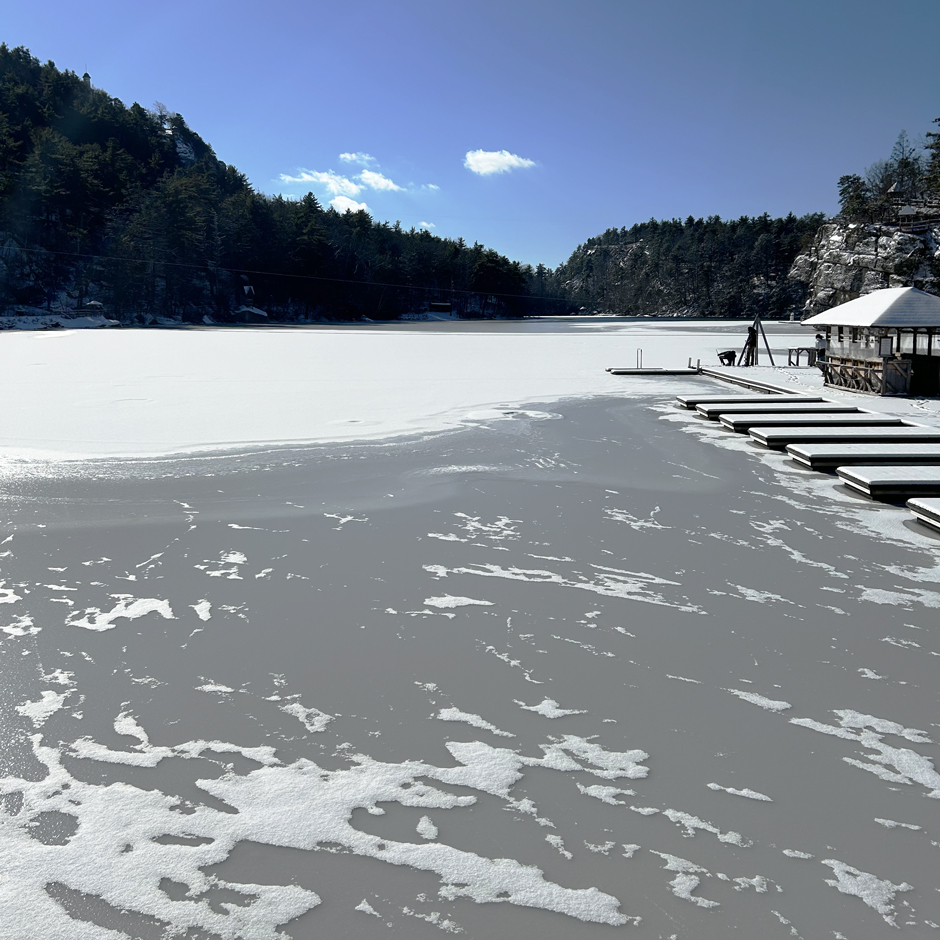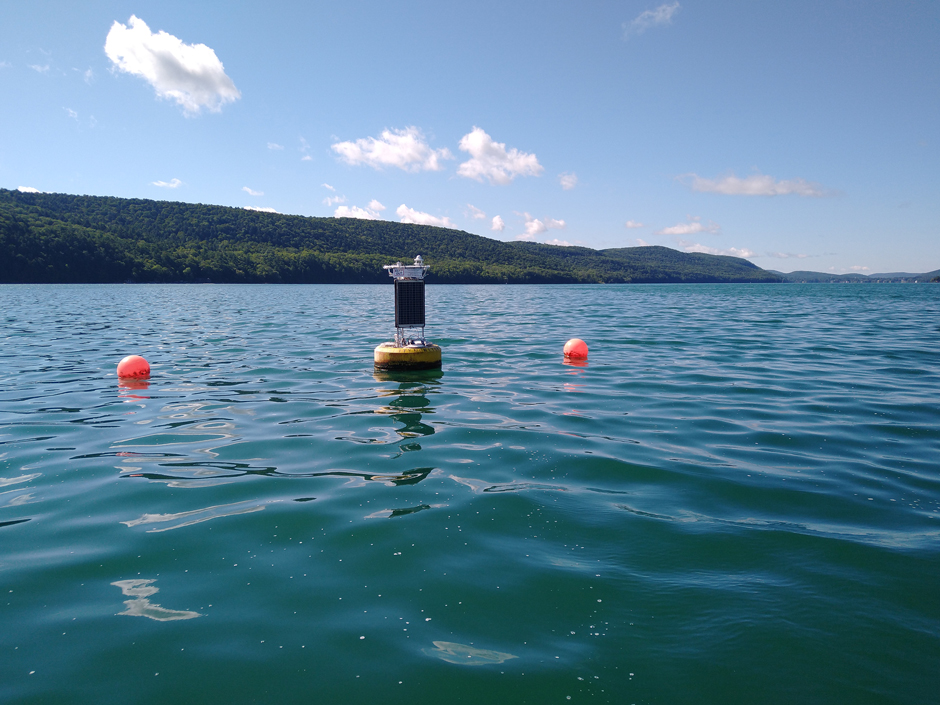Posts for tag "lake monitoring"
Eyes on Ohio Waters: Water Quality Monitoring in the Huntington District
The world of water quality monitoring is vast and diverse, with environmental professionals working in the field in a variety of environments and applications. From watershed monitoring to source water management, a career in water quality provides...
- Posted August 12, 2024
Regional Lake Monitoring in Maine: Community Funded Research and Protection
Lakes everywhere are threatened by climate change, harmful algal blooms, invasive species, and other environmental stressors. Local, regional, and federal agencies have stepped up in order to defend the environment and water resources. The Lakes Environmental Association (LEA) in...
- Posted July 29, 2024
Combating Water Insecurity in Saskatchewan with Real-Time Data
The prairies of Saskatchewan can be described as one of the least water-secure parts of Canada, making water quality monitoring essential for informed resource management in a region already facing water insecurity. While natural physical properties worsen...
- Posted April 15, 2024
Combining Academia and Lake Associations: Monitoring Lake Lillinonah
Lake Lillinonah may be Connecticut’s second-largest lake, but it holds a great deal of meaning for locals and researchers in the surrounding towns. The lake is so significant to the surrounding community that it is one of...
- Posted March 4, 2024
Thin Ice: Monitoring Winter Lake Dynamics at Mohonk Lake
Historically, water quality monitoring during the winter has been difficult and often avoided altogether—however, monitoring throughout the year can highlight the influence of various environmental stressors and track the changes systems undergo during the winter. In particular,...
- Posted January 22, 2024
Before and After Harmful Algal Blooms: Long-Term Monitoring and Modeling in Otsego Lake
Throughout the years, harmful algal blooms (HABs) in the Laurentian Great Lakes have been meticulously documented and closely studied due to their annual appearance across the basin. While these blooms have become a recurrent issue in the...
- Posted August 28, 2023
Chloride Contamination Threatens Thousands of Northeast & Midwest Lakes
Development and crop land use in the United States lead to elevated chloride levels in thousands of lakes.
- Posted August 12, 2020









